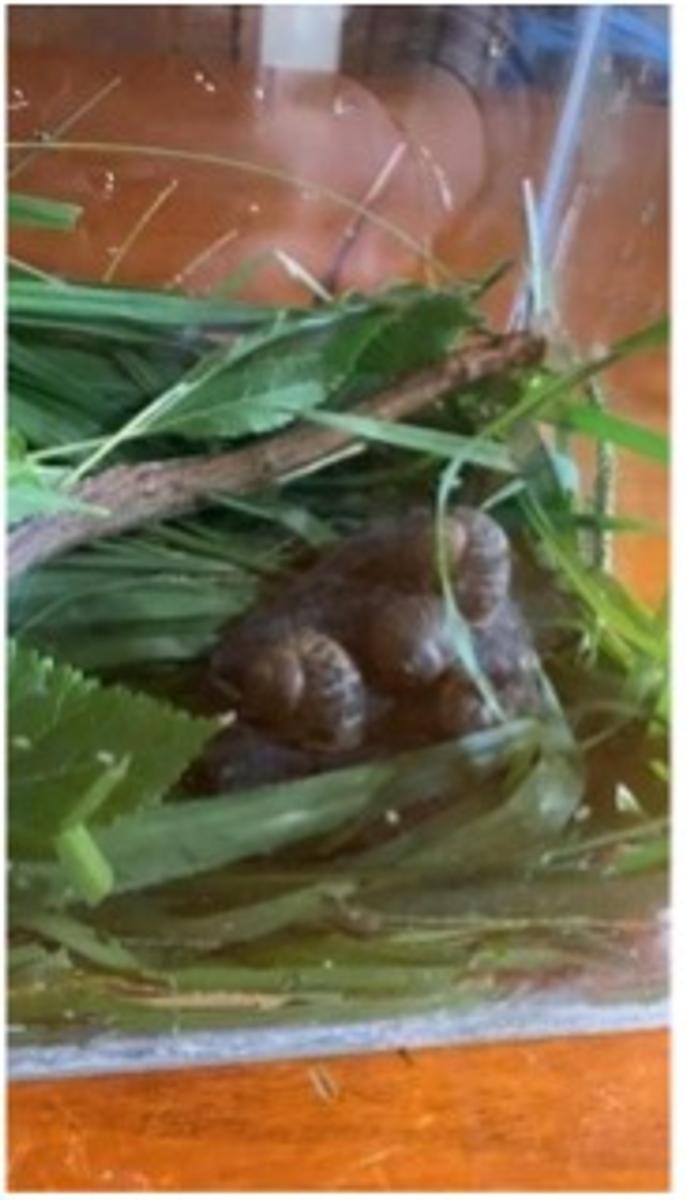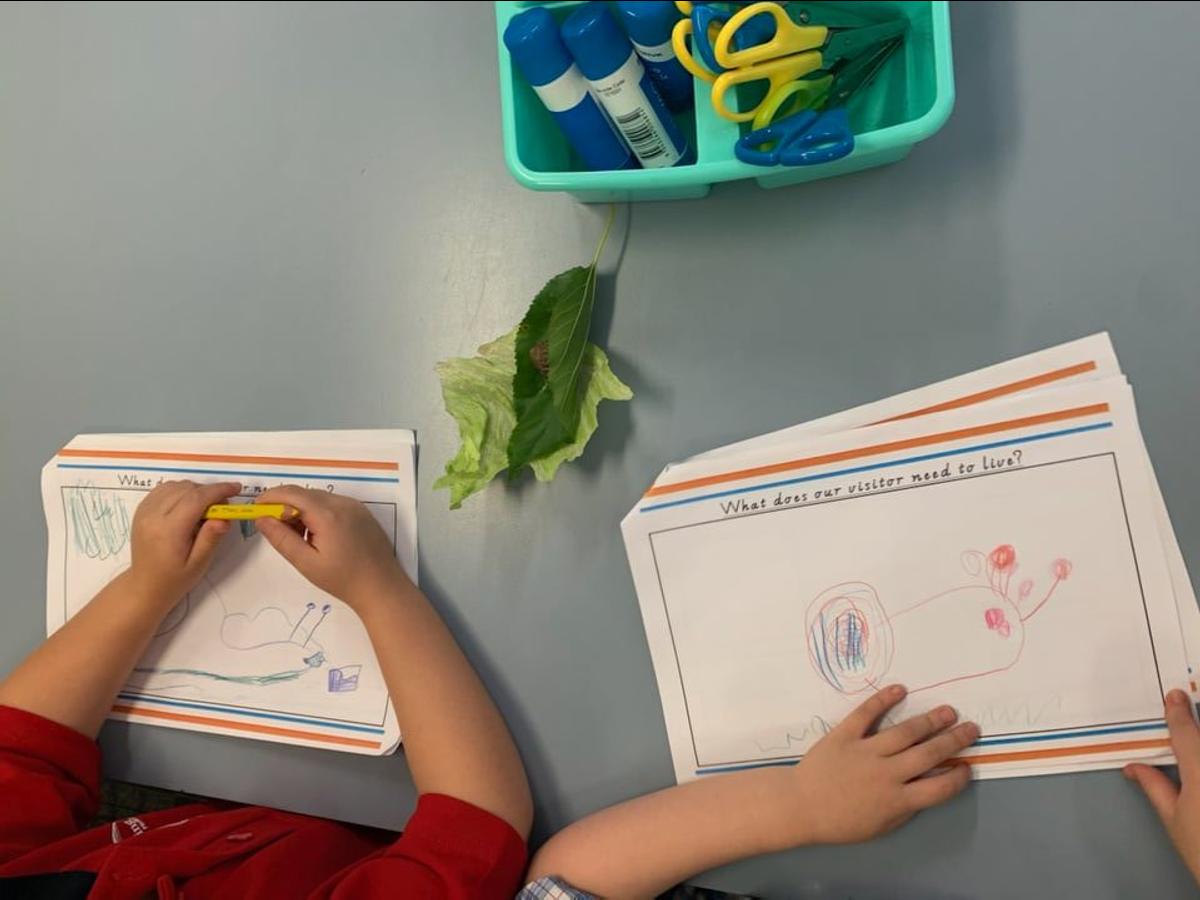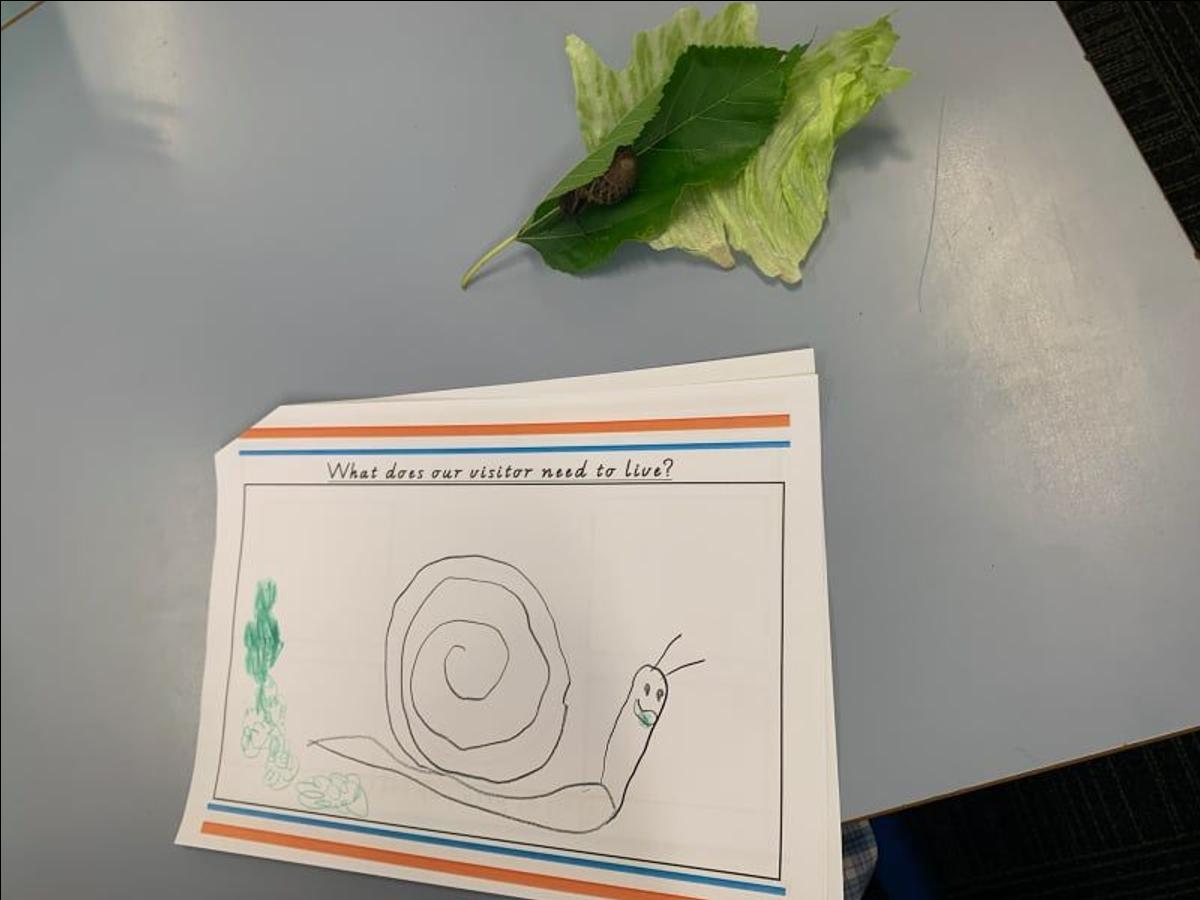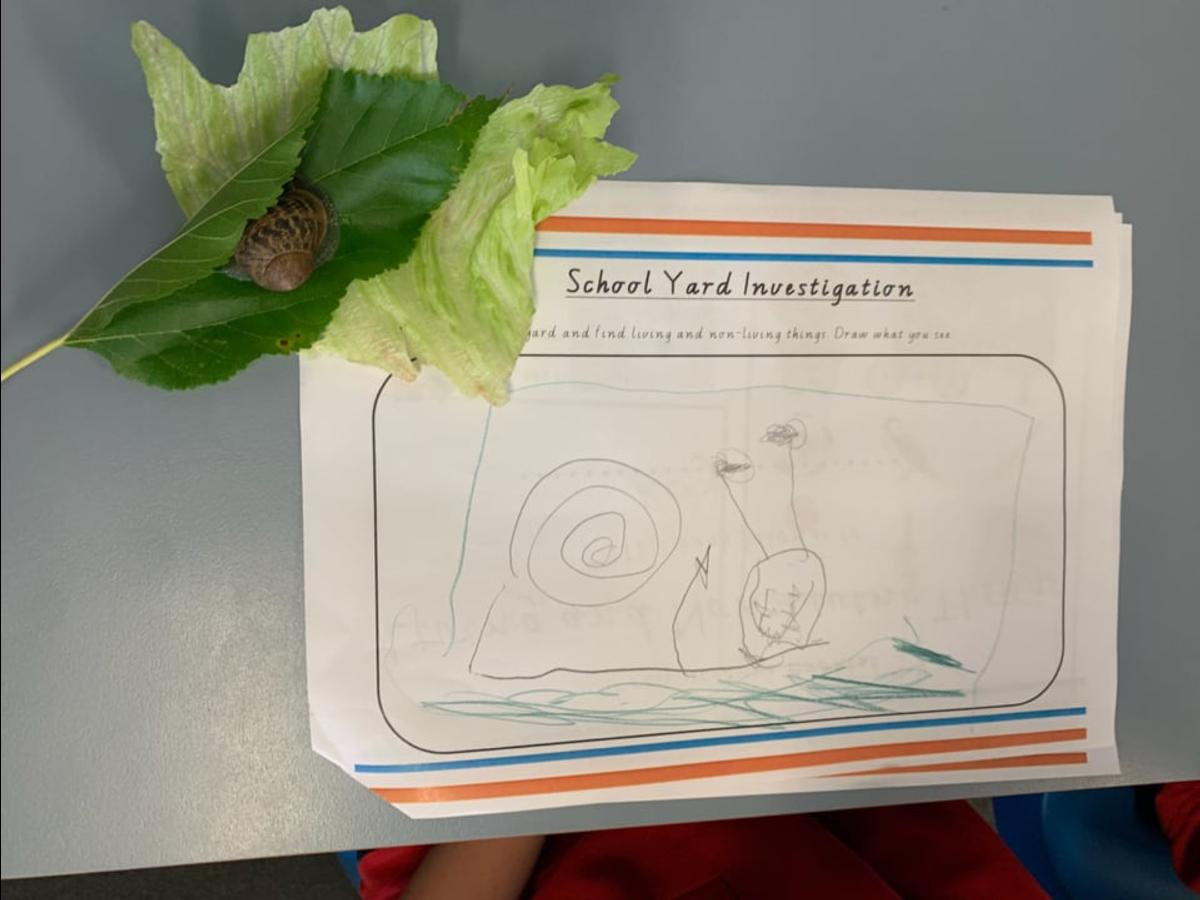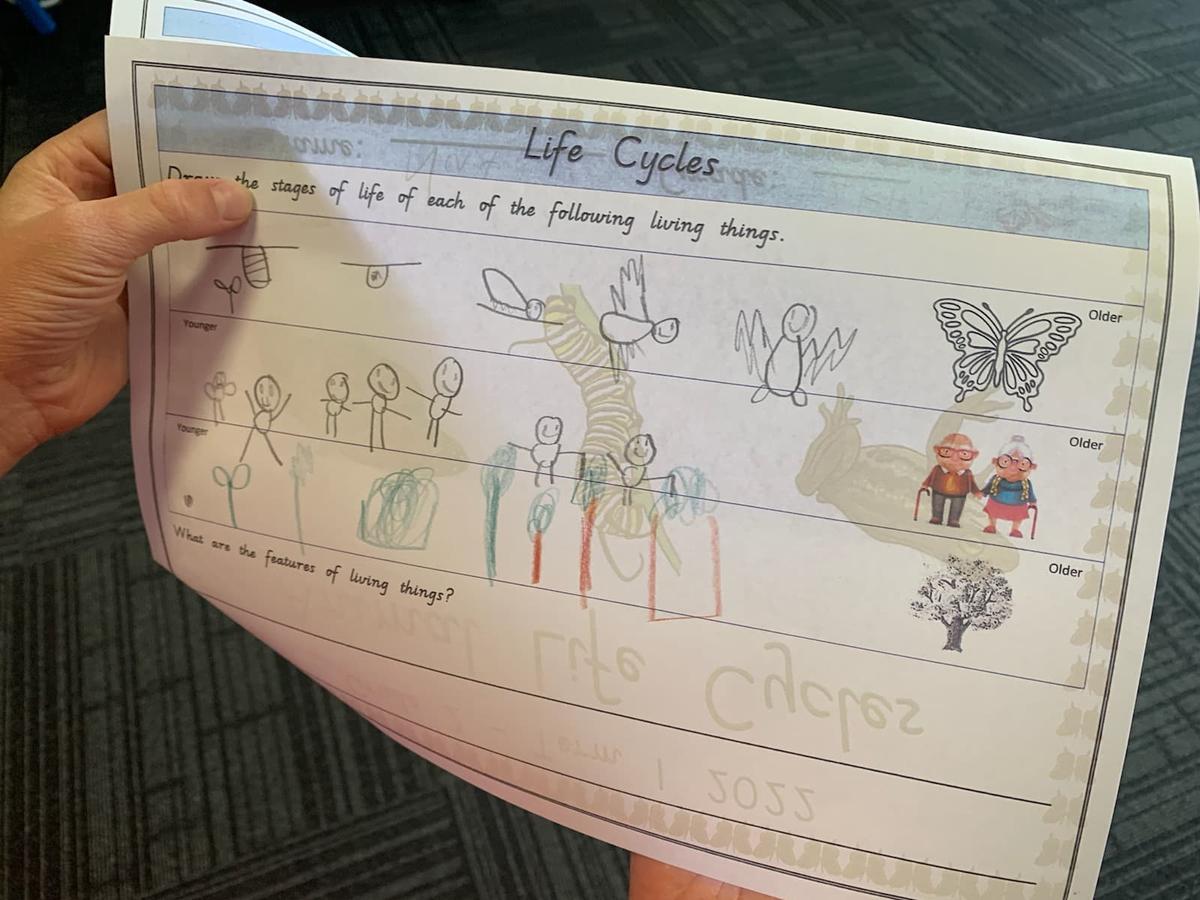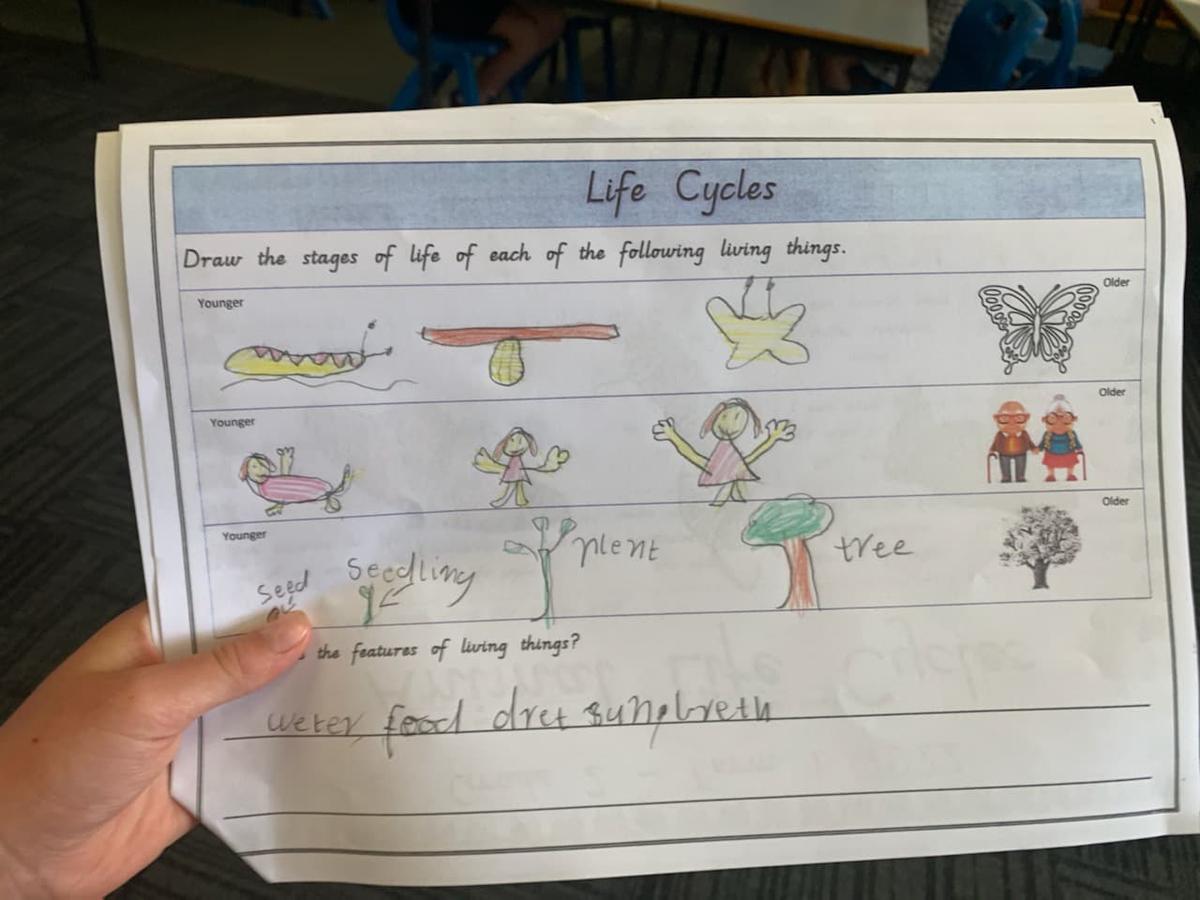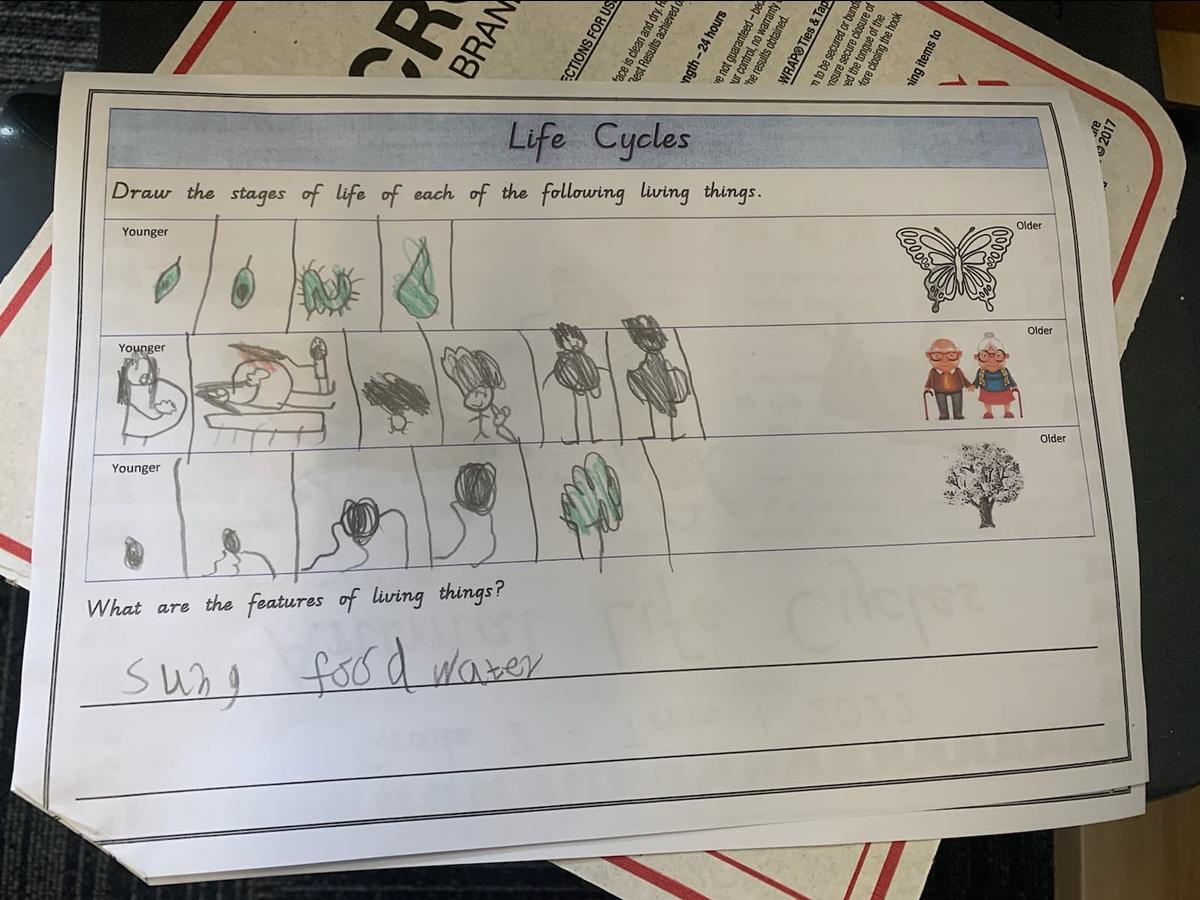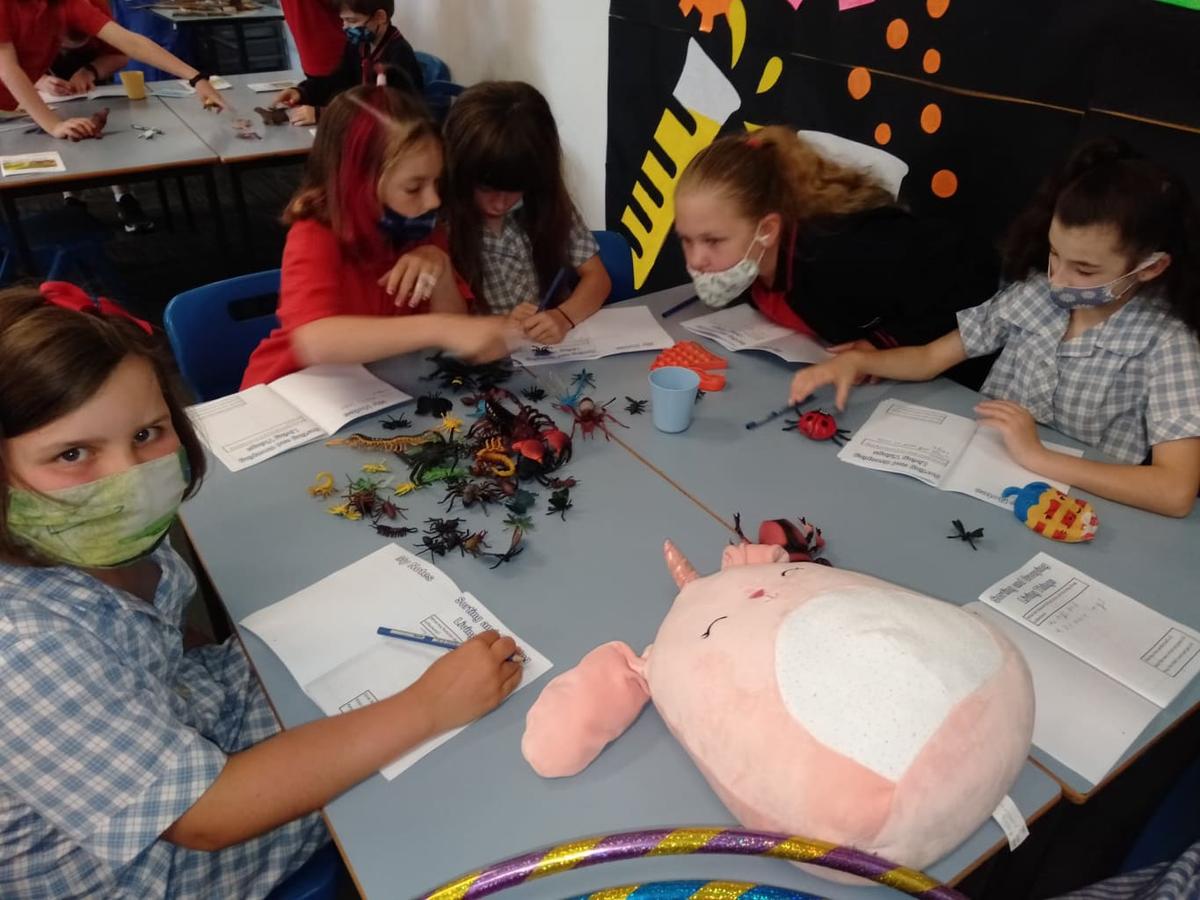Science

Prep
Foundation students began their biology unit called Pets Alive. Students began to explore the scientific criteria used to determine if something is considered living or non-living. They explored the outside school environment and drew things that were living and non-living in their science journals. Foundation students then jumped into their exploration of pets by having some real-life snails visit the science lab. The students carefully examined the special visitors and discussed what they need to live before drawing in their science journals a picture of the snails and what they need to live.
Grade 1
Year 1 students started their biology unit Marvellous Minibeasts by revising the difference between something that is considered living or non-living. Students used the scientific criteria to identify living and non-living things during a nature walk around RHPS school grounds. Students were very excited to find a possum in a tree! After determining what is a living and non-living thing is students jumped into their exploration of the world of minibeasts. Firstly, students learned about what a mini beast is and then used their observational skills to examine, sketch, label and record the features of a range of real minibeast specimens.
Grade 2
Year 2 students started their biology unit Life Cycles for this term. The unit started with students exploring and sharing their prior knowledge about life cycles before being introduced to the scientific concept that a life cycle is a series of stages a living thing goes through during its life. The students explored a range of different life cycles and used pictures and arrows to create some life cycles in their science journals.
Grade 3/4
Students began to explore what an observable feature of an animals is and how we can use these features to classify animals into groups. They were given a wide variety of plastic animals and devised their own clever classifications in teams. Students then learned about how biologists use tools called a dichotomous key to classify living things such as plants and animals. Year 3/4 students used a dichotomous key to classify a wide variety of plants in the RHPS school grounds.
Grade 5/6
Students in grade 5/6 have been learning about Adaptions. They started by looking at the World's biomes; Desert, Forest, Grasslands, Tundra and Aquatic, finding that all life live in a biome. They have explored the differences between the biomes. They have also discussed and researched the animals that live in the biomes, and explored some of their adaptions.
So far, they have researched the Desert biome in depth. This week the students conducted their first experiment investigating whether the colour of an animal helps keep them cool in hot countries. They used different coloured soft drinks cans with water to see if the sun changed their temperature. Next week we will have a look at their results and make a conclusion.

